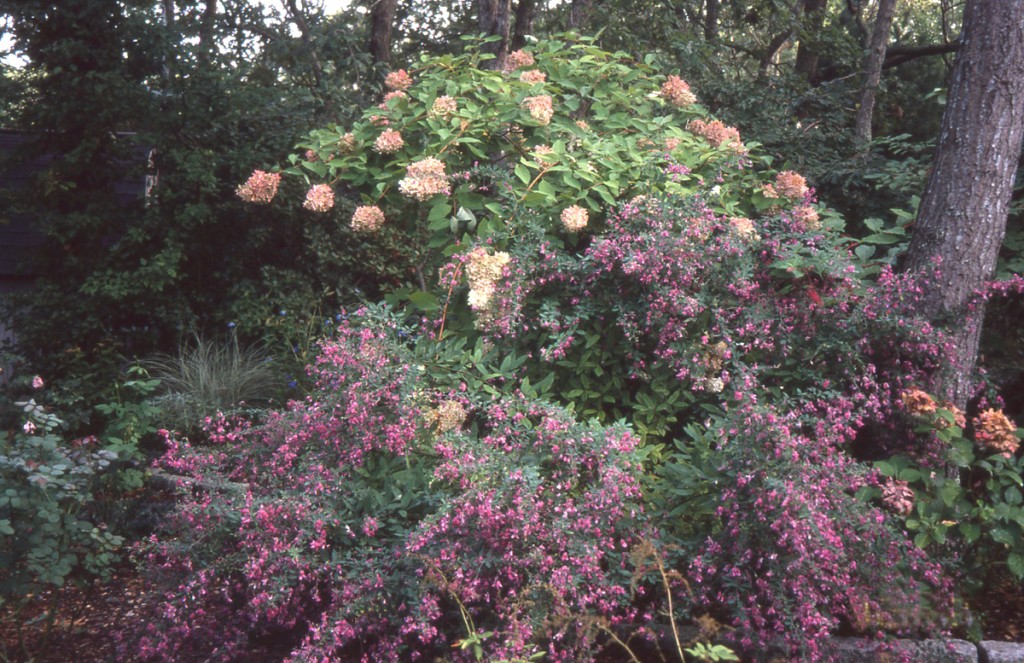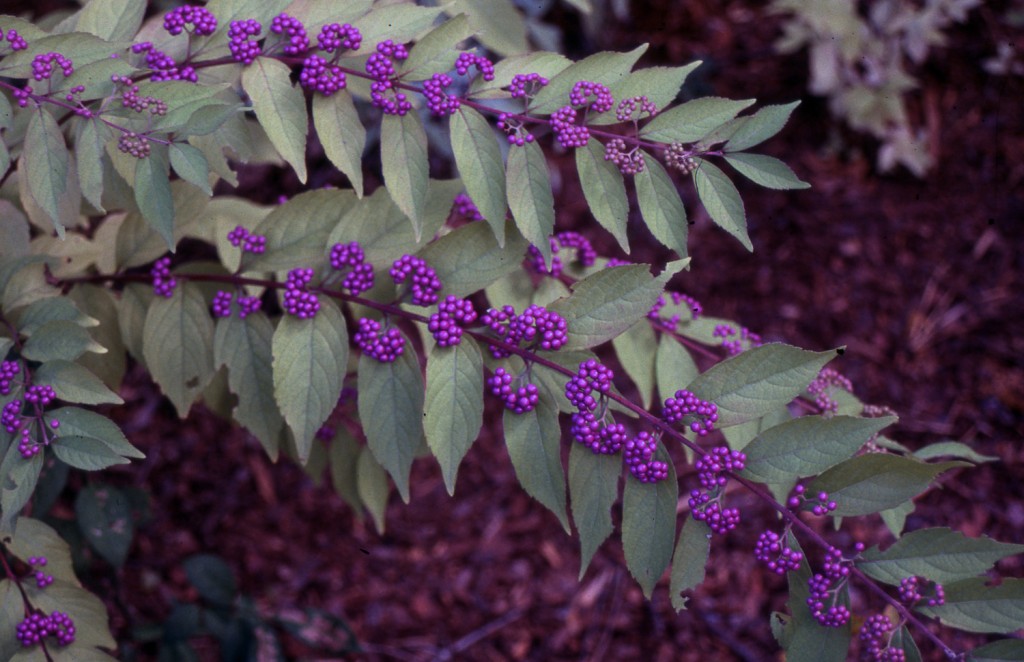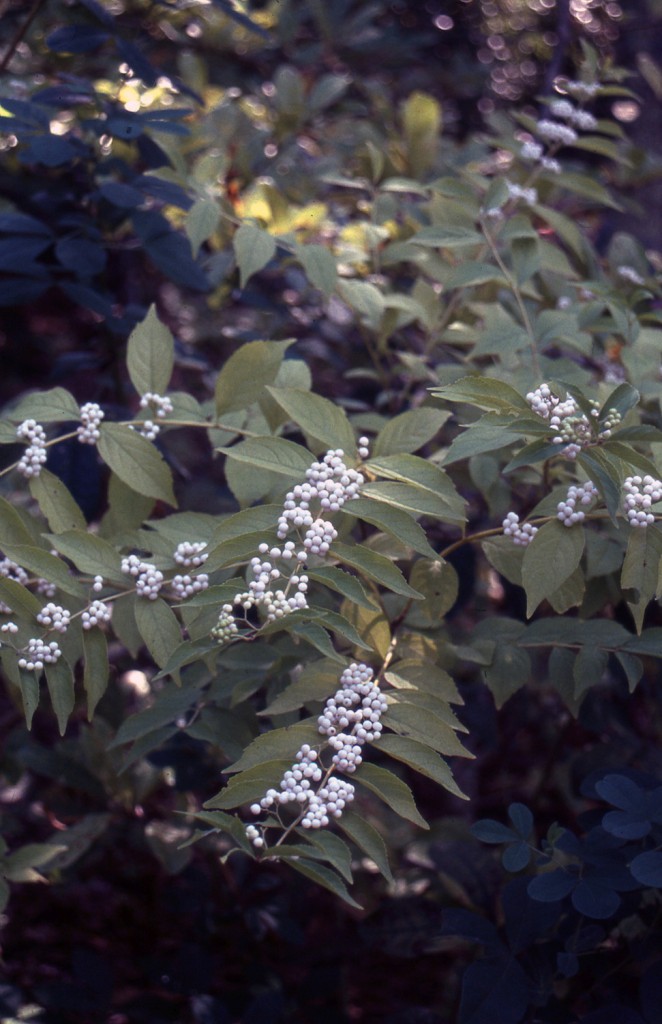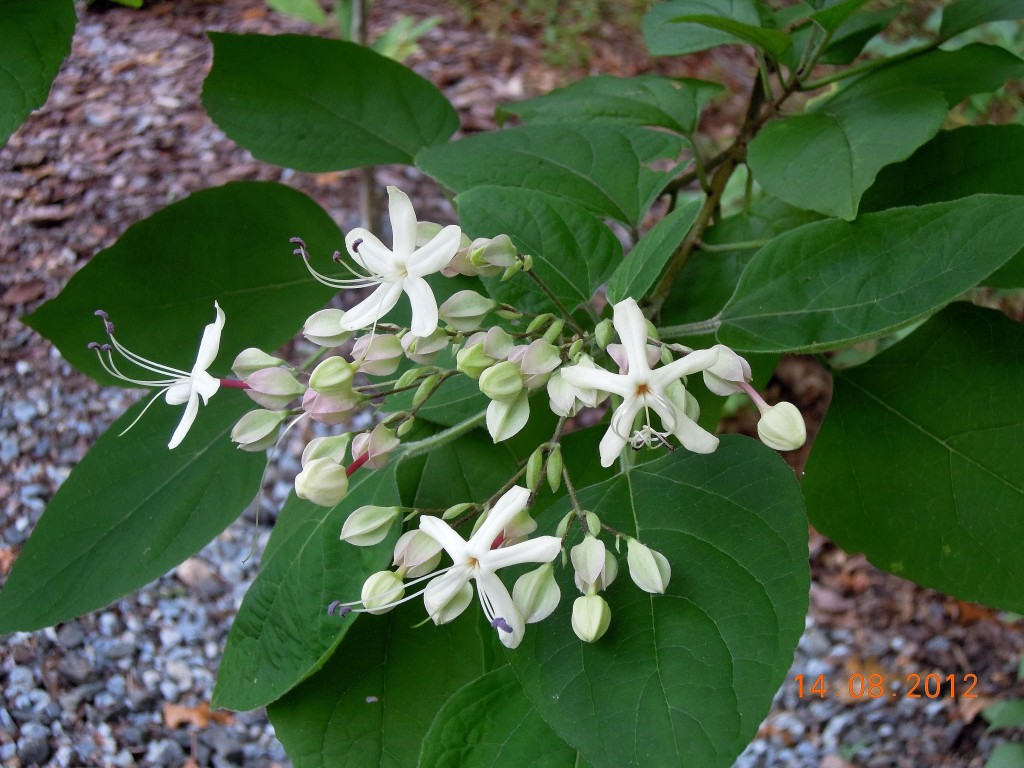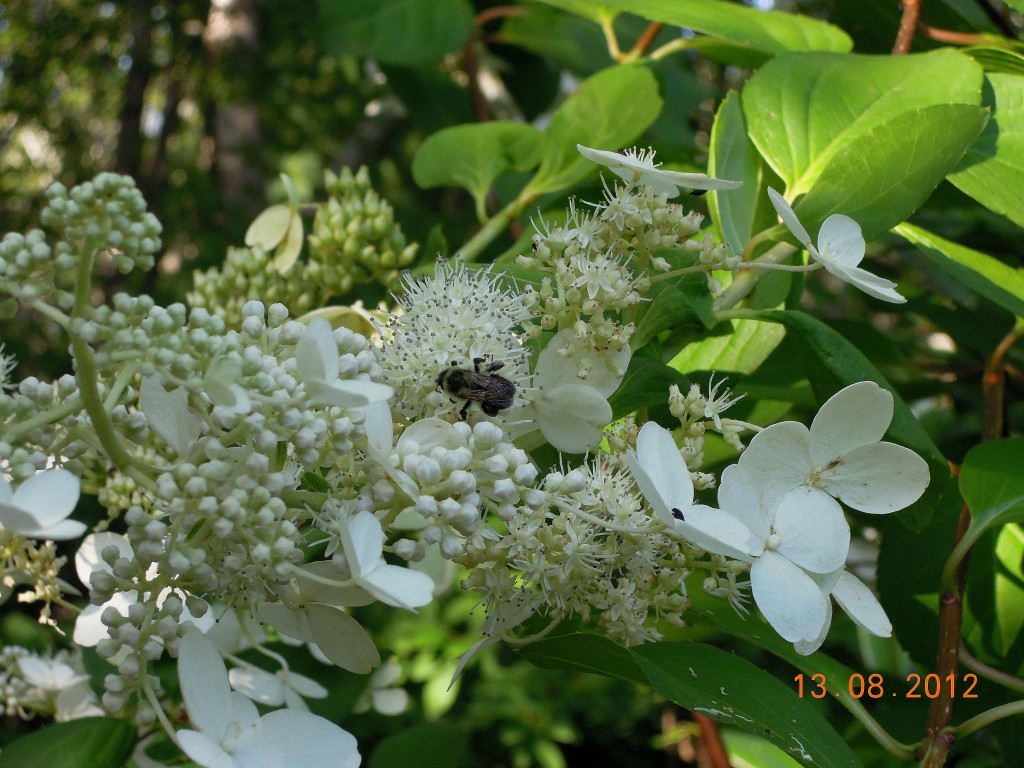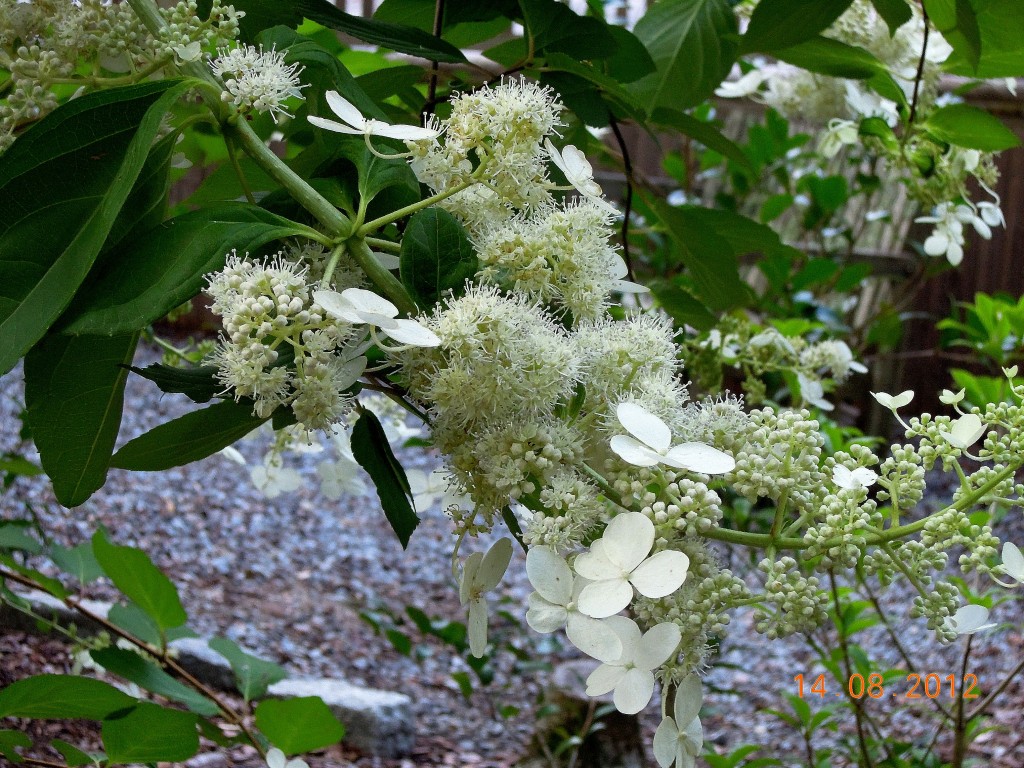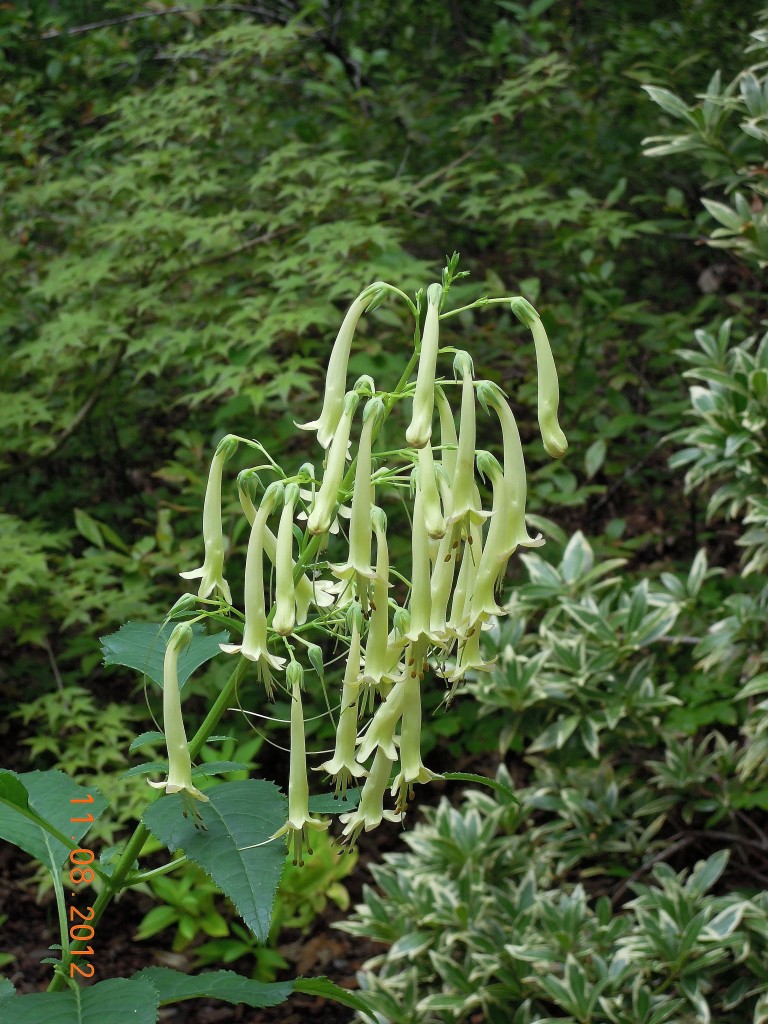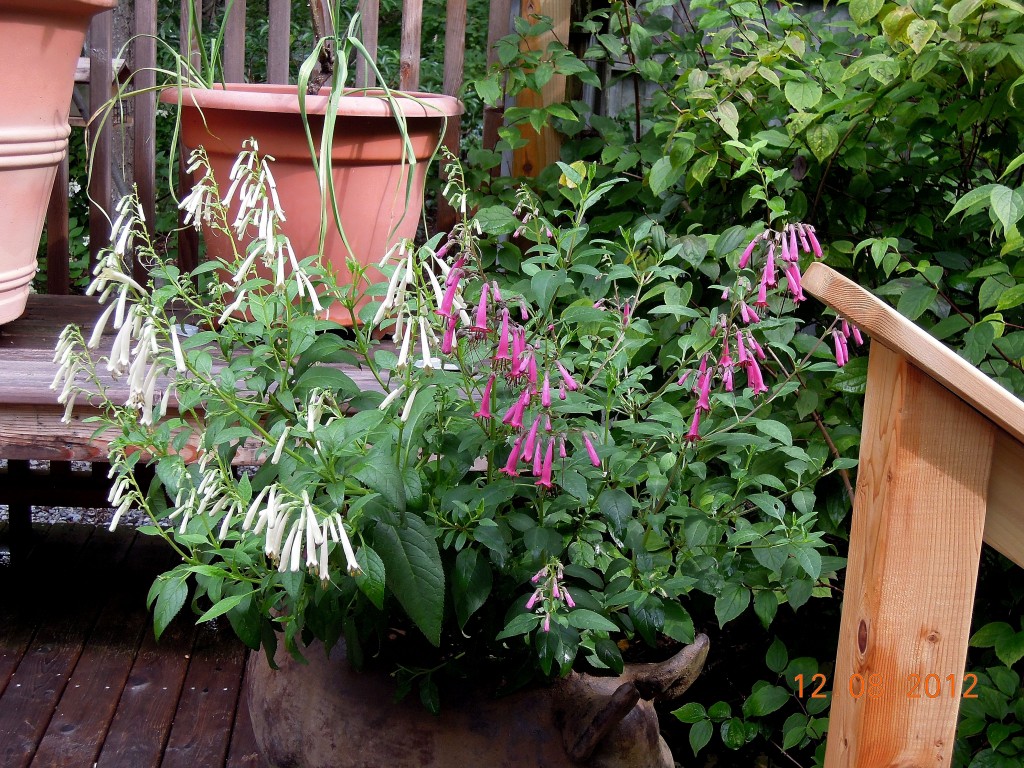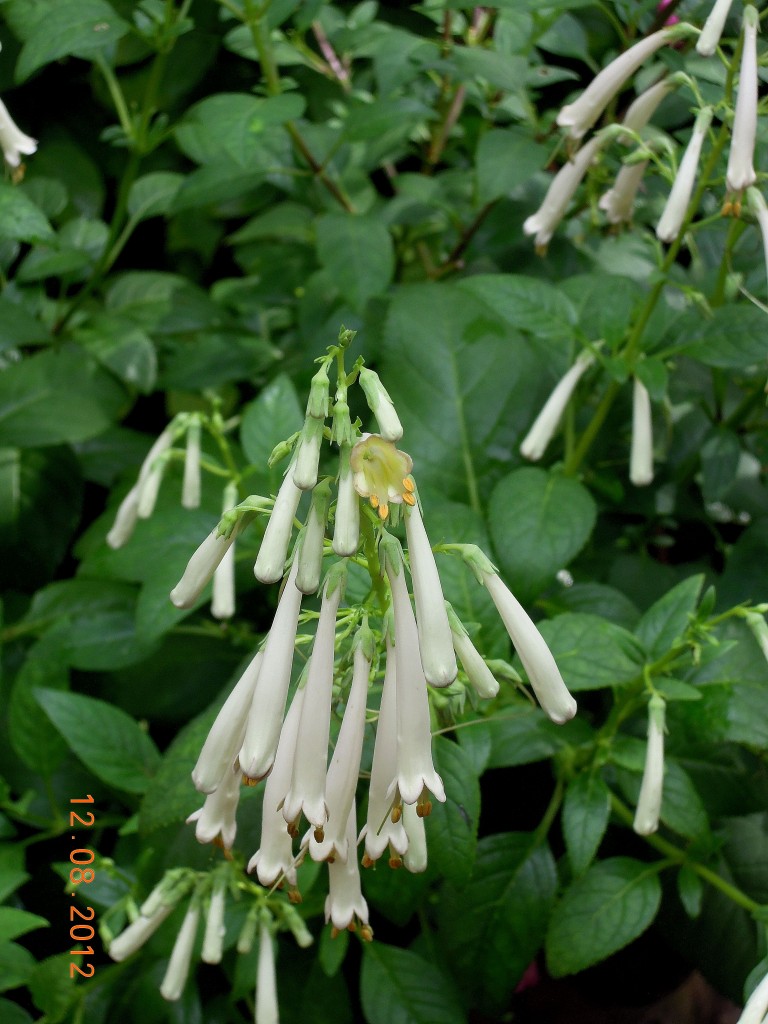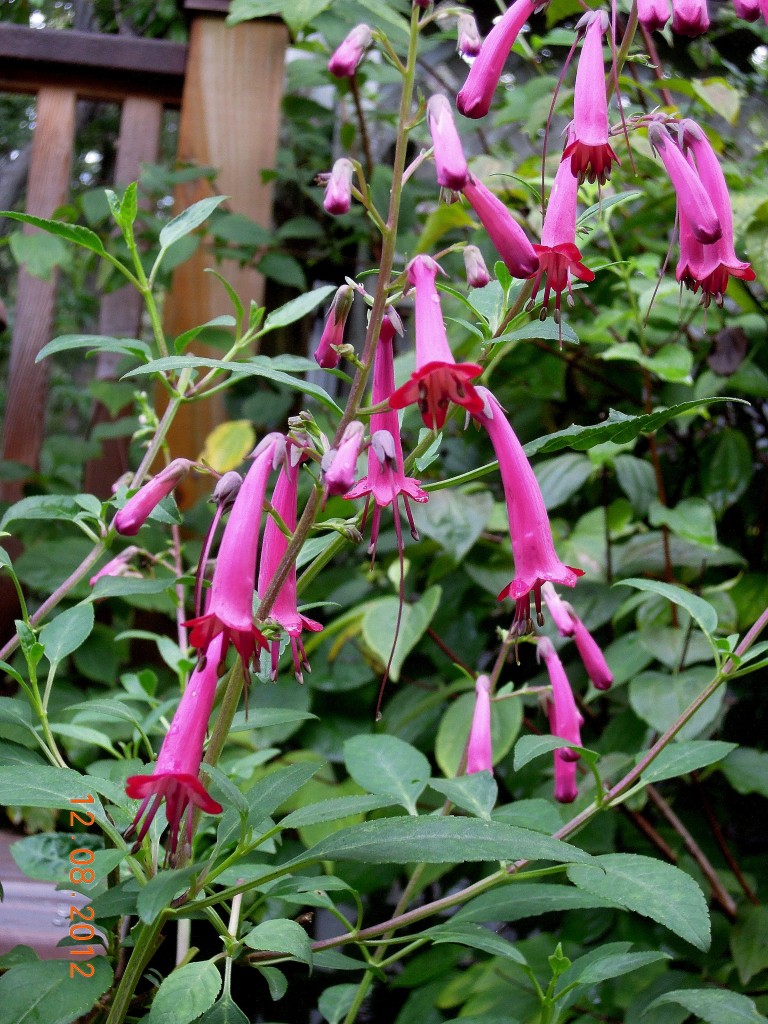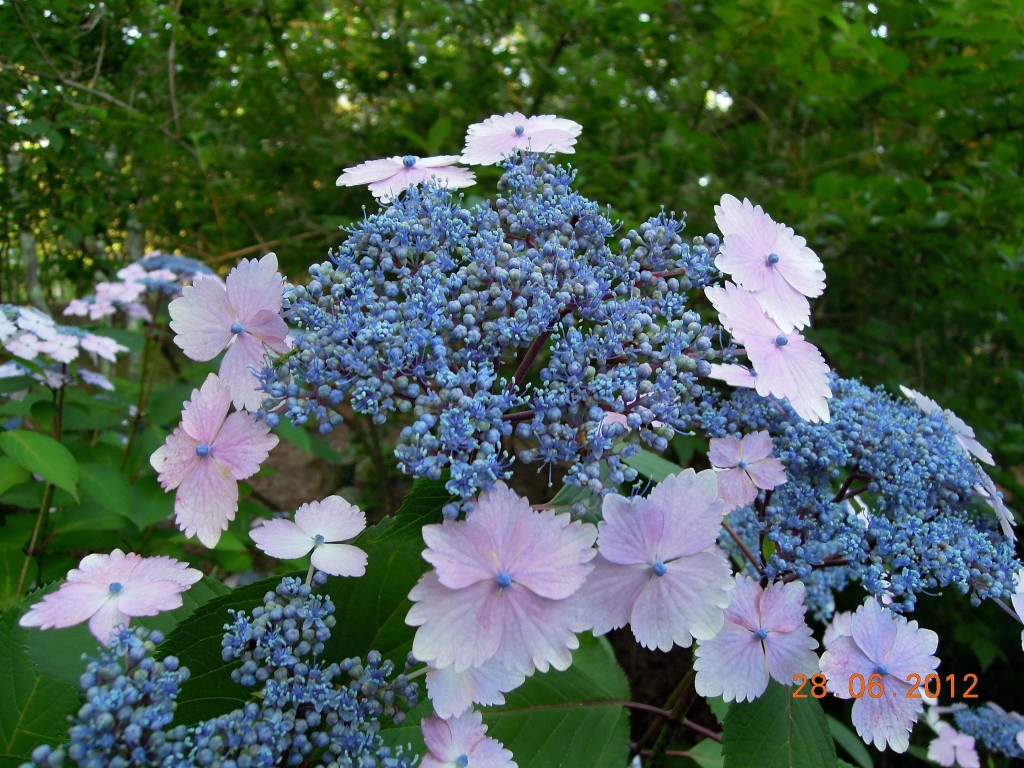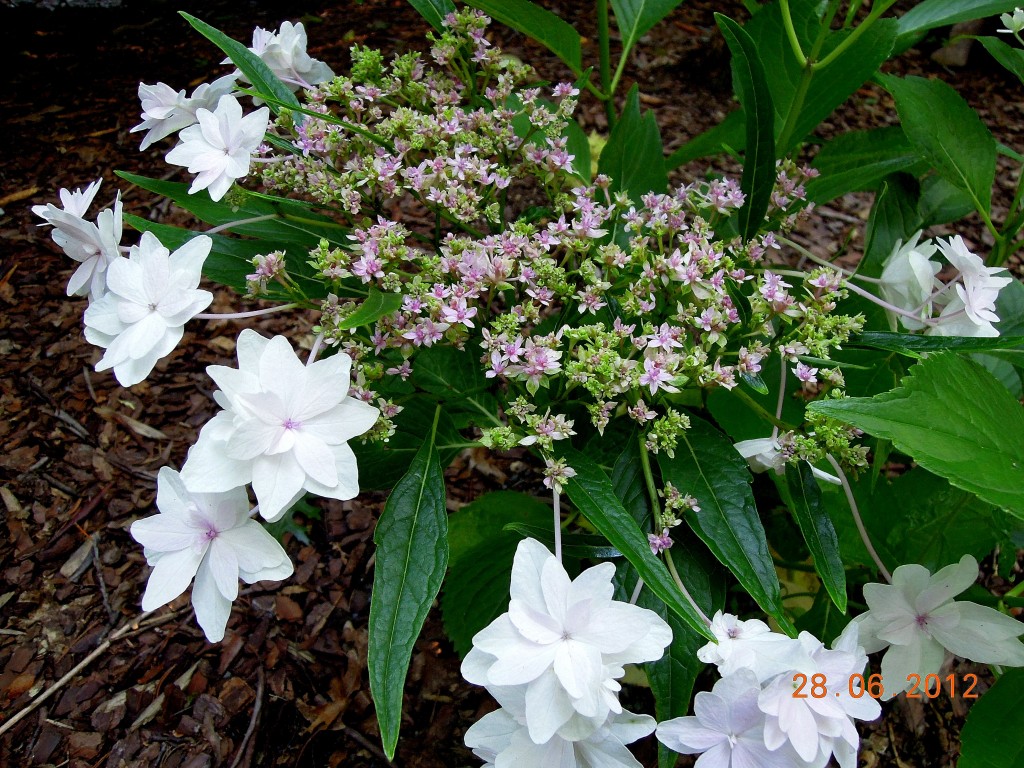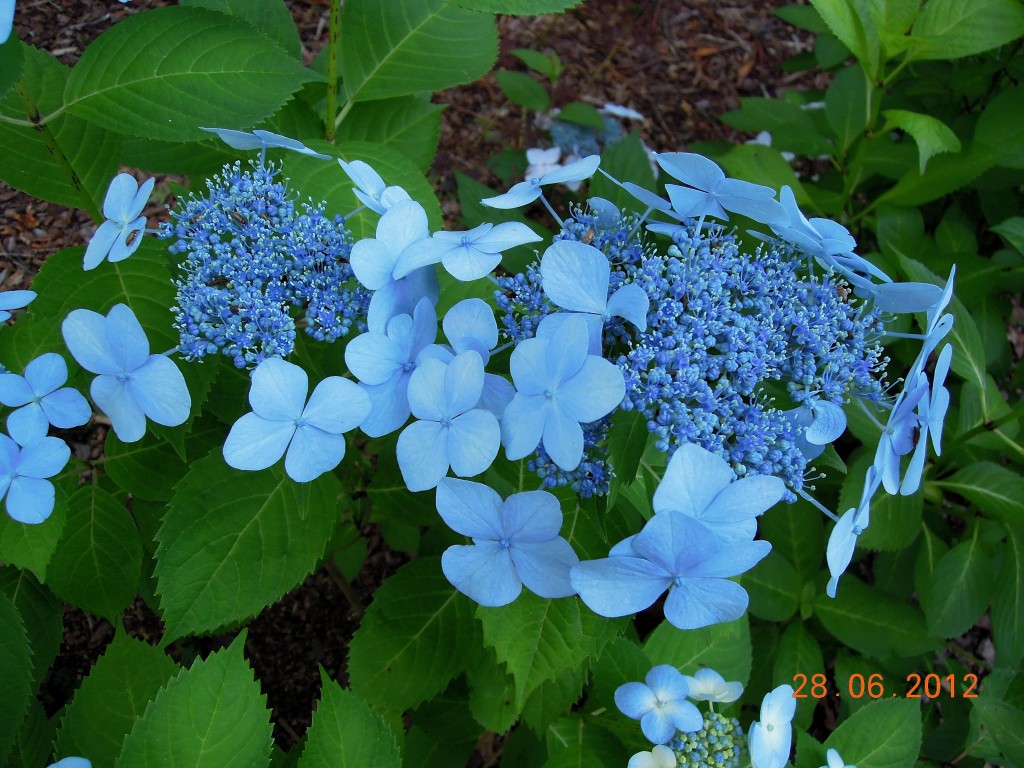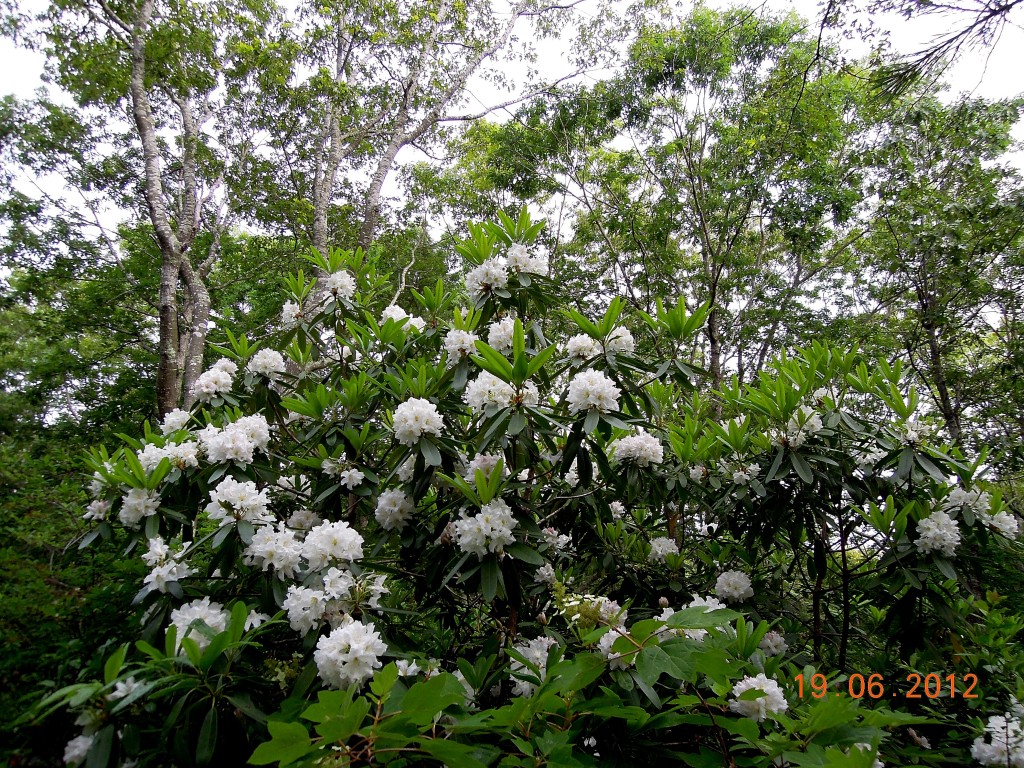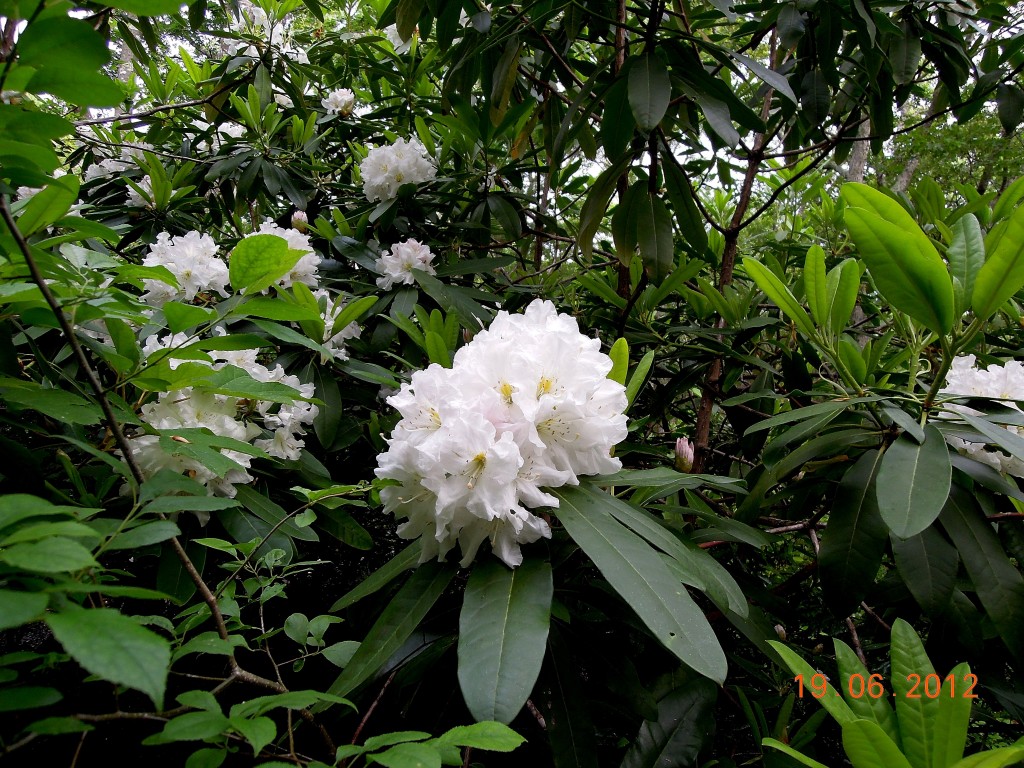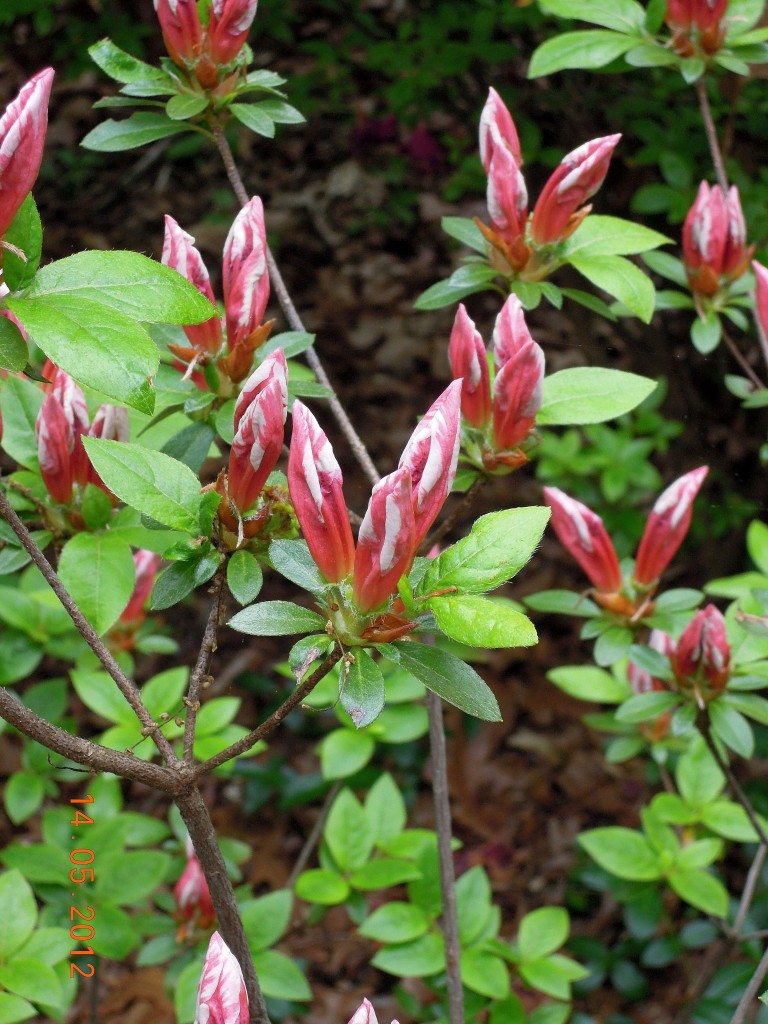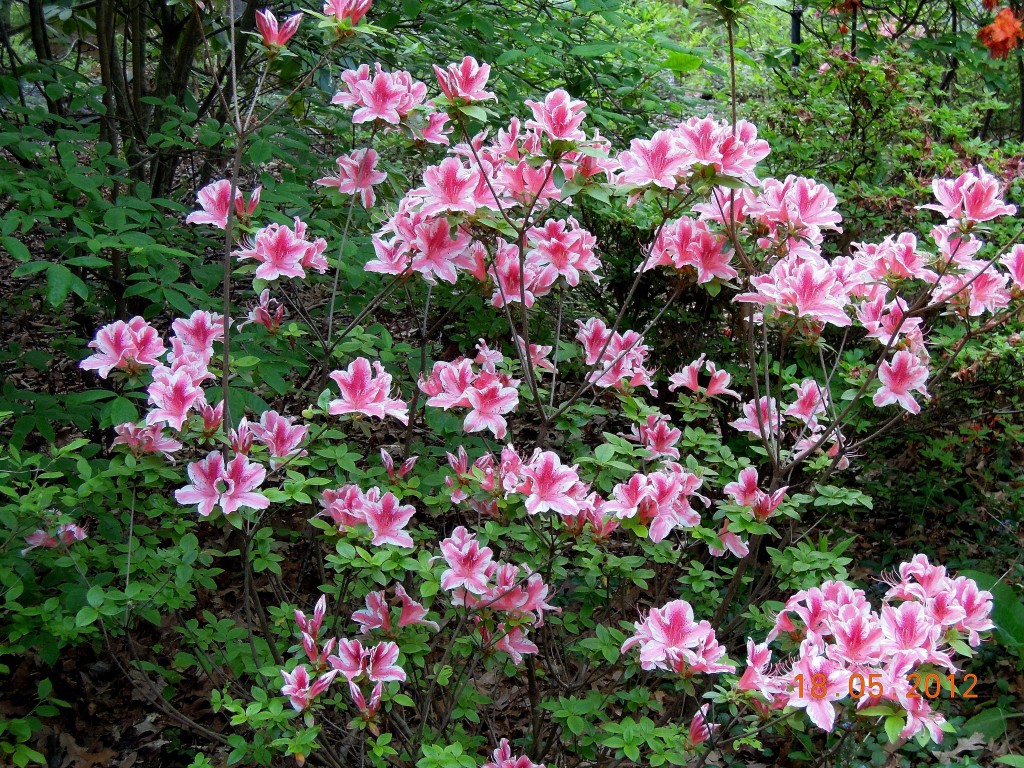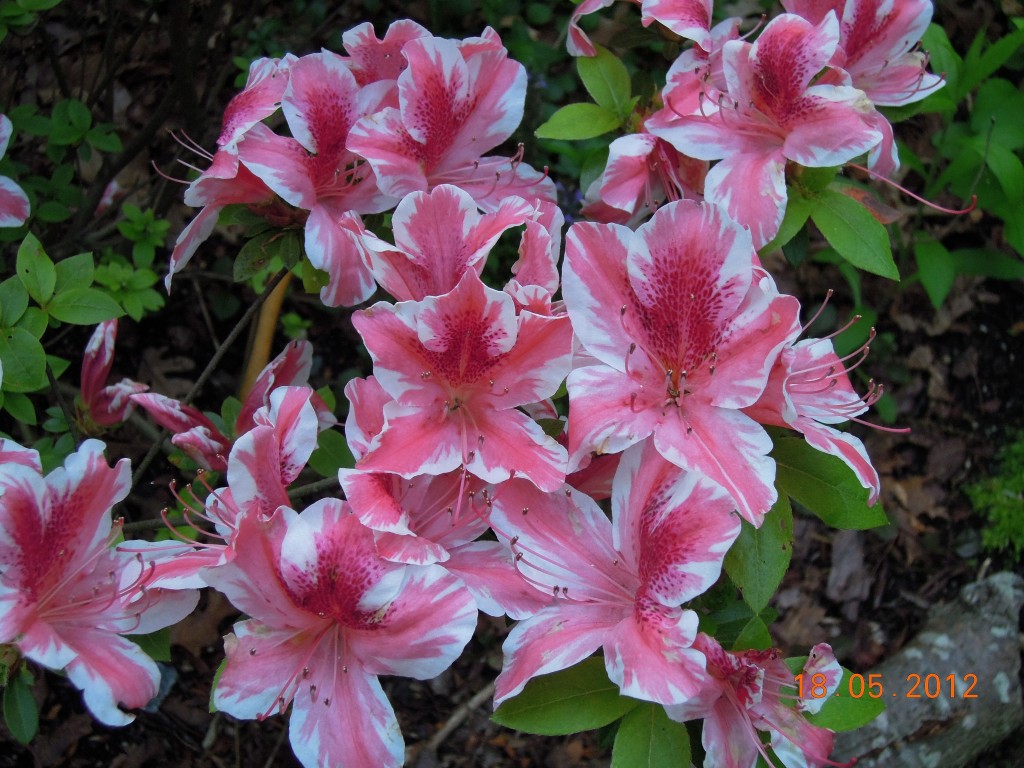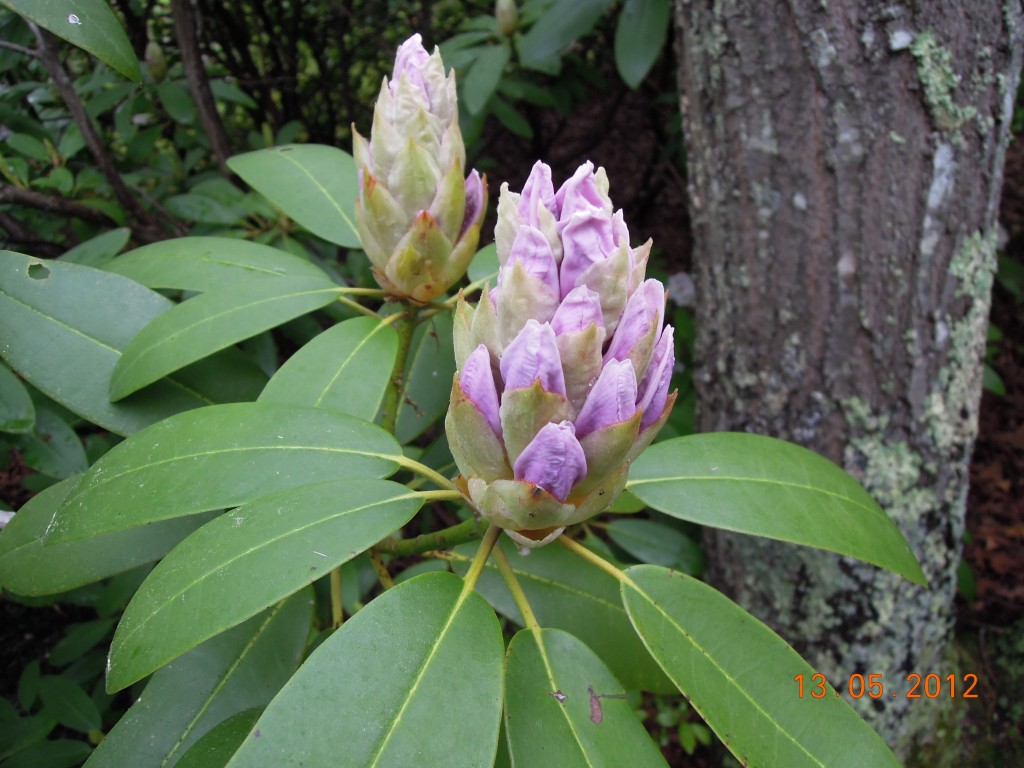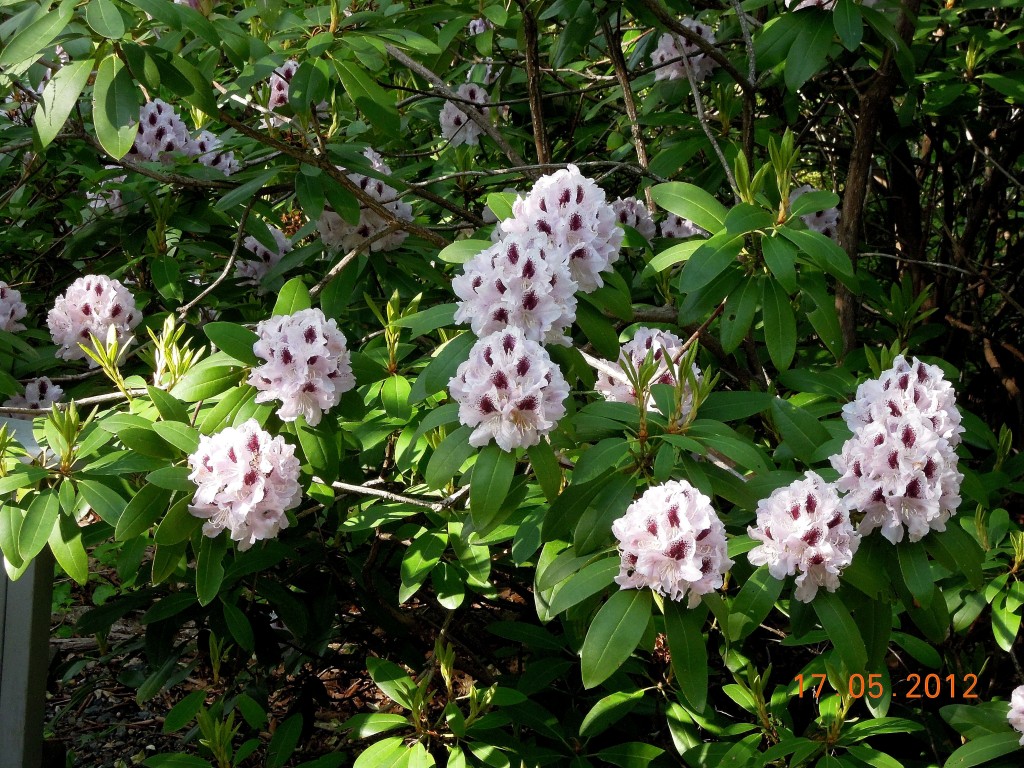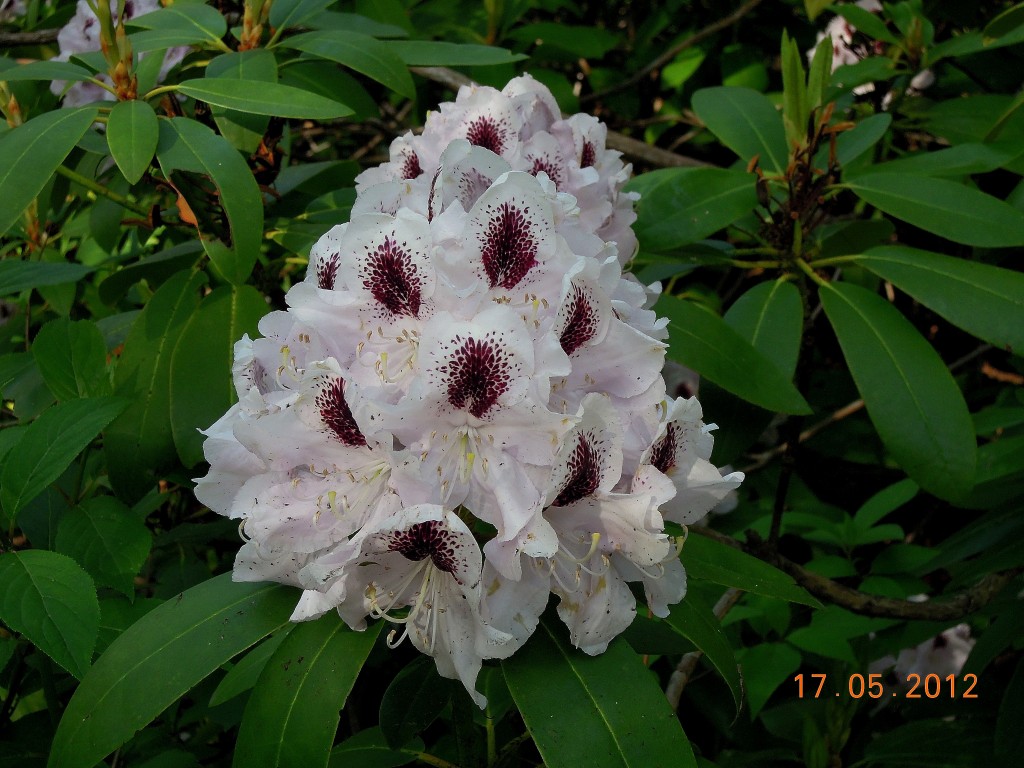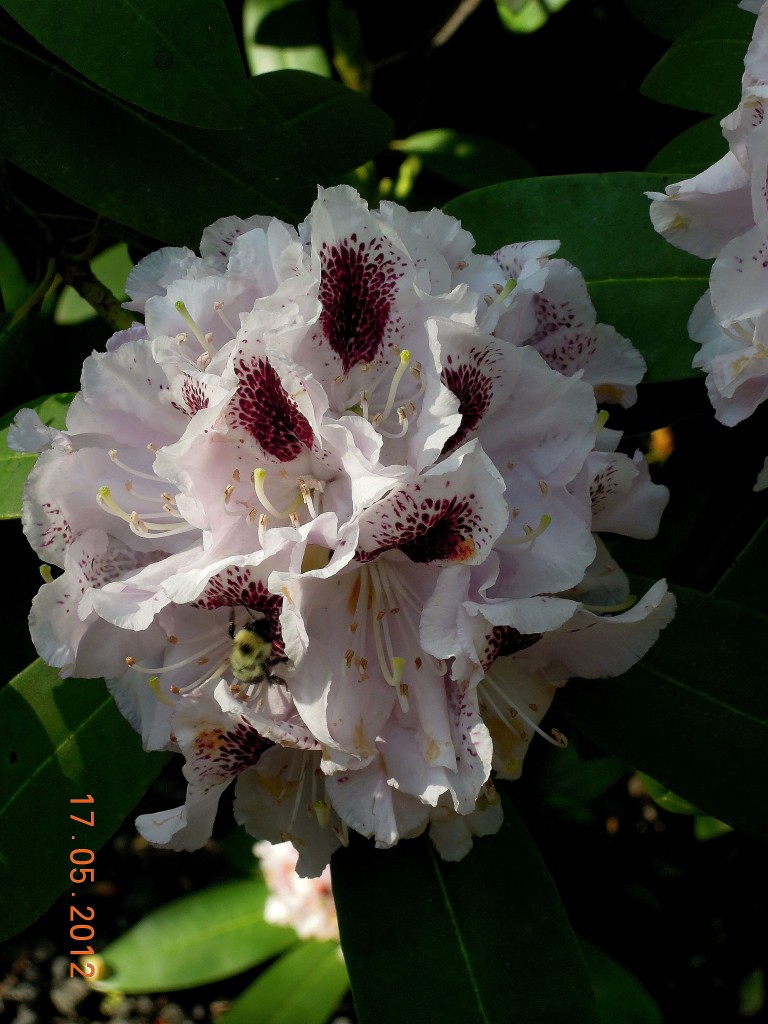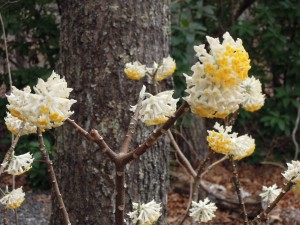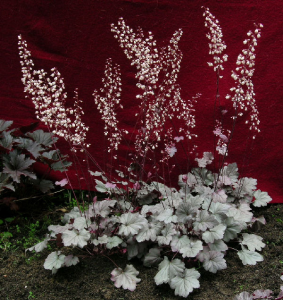Big surprise! February wasn’t the “cruellest” month, not even close. (See “Birds” (February 2012.) And now that March has arrived, Spring is just a shiver away. Let’s talk plants.
These days you can’t open a nursery catalog without seeing scores of new hellebores. Breeders have gone overboard, producing double flowers, multicolored flowers, speckled flowers and all sorts of combinations. You name it, they’ve got it.
And the plant photos are spectacular. Which is all well and good if you are gardening in a catalog. In a garden, most of the flowers are so hangdog you can’t appreciate their beauty without first getting down on your hands and knees in order to lift their heads for a peek. I don’t know about you, but since my knees suffered through two bouts of Lyme Disease (ticks 2, Lois o) I might be able to get down, but I sure as blazes can’t get back up.
But all is not lost. There is a fella I know (and grow), Helleborus ‘Ivory Prince’, who isn’t at all shy and downcast. With sturdy stems, lovely outward facing white flowers with streaks of pink and green, and blue-green foliage, he’s my kind of guy.
Ditto for H. ‘HGC Josef Lemper’, similarly endowed and possessing even larger white flowers that fade to a light green. I saw this robust hellebore featured in the Linden Hill Gardens’ exhibit at the 2012 Plant-O-Rama held at Brooklyn Botanic Garden. The folks at Linden Hill told me that the plant blooms for them in Bucks County, PA, from November to May. Wow! The real Josef Lemper must be quite something.
Or, maybe not.
Breeders name plants for all sorts of reasons. Some auction off naming rights to the highest bidder and others, like Dr. Griffith Buck, the famed rose hybridizer, named plants after friends. But as Dr. Buck discovered, it didn’t always work out. One friend refused the honor because she didn’t want to hear: “Fleeta has a weak neck, Fleeta wilts, Fleeta fades”. (Fleeta had a point.)
The most famous name-caller of all was the Swedish botanist Carl Linnaeus, who, in the 18th century, devised an entirely new classification procedure for plants, the Linnaean binomial system of nomenclature, which is the basis of our modern method. As aptly stated in an informative article by Kennedy Warne, founding editor of New Zealand Geographic, “Carl Linnaeus, born 300 years ago, brought order to nature’s blooming, buzzing confusion.” (Warne, “Organization Man,” Smithsonian magazine, May 2007).
Linnaeus took advantage of his position as namer-in-chief to honor those he liked and to belittle those he didn’t. As for example, he “rewarded” one of his critics by naming a smelly weed after him. He didn’t always play nice.
(But he was quite interesting. Many of his lectures were nature studies held outdoors, walking through fields with hundreds of participants — joyous, educational social gatherings replete with colorful banners and the jubilant sounds of trumpets, bugles and horns. Linnaeus styled these events, “inquisitions of the pastures”. Unfortunately, too much of a good thing for some. “We Swedes are a serious and slow-witted people”, protested the rector of Uppsala University.”We cannot, like others, unite the pleasurable and fun with the serious and useful”).
In the 2012 plant catalogs, plant names are followed by plant descriptions, but I don’t think we are getting the whole story — at least not where hellebores are concerned. I much prefer John Gerard’s popular Herball of 1597, because he paid attention to the “vertues”of plants. Accordingly, hellebores were recommended “for mad men”, “for melancholy,” and “for dull persons.” In other words, it’s a great plant if you are crazy, depressed or dull. Useful information.
Hellebores prefer a sweet (alkaline) soil. So, if your soil is acidic, amend with lime, or even better, wood-ash, in order to raise the ph. Provide some shade and moisture and you are good to go. (Note: Wood-ash from the fireplace also benefits other sweet-soil lovers like lilacs and peonies).
Finally, naming names isn’t limited to plants, and Linnaeus isn’t the only name-calling meanie. On a visit to the zoo, we saw a sign on a bear’s enclosure that said “Ursus horribilis”. Now, how do you suppose the bear felt? Maybe it says “Beautiful Bear” on his side of the fence, but I doubt it. (And his common name, Grizzly, isn’t much better!).
Postscript: Just read in the New York Times(3/6/2012, p.D.3) that, like me, the 5,300 year old Tyrolean Iceman had bad knees, and like me, researchers suspect that he had Lyme Disease. Wonder what he thought about hellebores.
